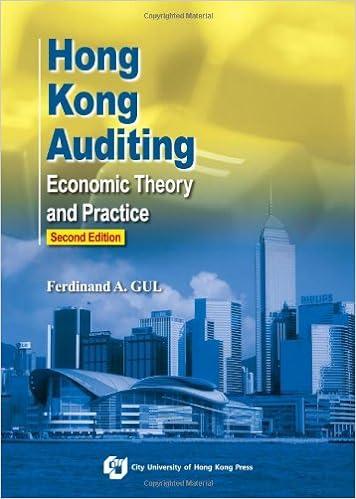
Prepare journal entries for each trensaction and identify the financial statement impact of each entry. The financial statements are automatically generated based on the journal entries recorded. Jan. 1 Jean Clark, owner, invested $129,750 cash in the company in exchange for common stock. Jan. 2 The company purchased office supplies for $1,55e cash. Jan. 3 The company purchased $16,258 of office equipment on credit. Jan. 4 The company received $16,120 cash as fees for services provided to a customer. Jan. 5 The company paid $16, ese cash to settle the payable for the office cquipment purchased on January 3. Jan. 6 The company billed a customer $3,000 as fees for services provided. Jan. 7 The company paid $1,525 cash for the monthly rent. Jan. 3 The company collected $1,35e cash as partial payment for the account receivable created on January 6. Jan. 9 The company paid $10,300 cash in dividends to the owner (sole shareholder). Answer is not complete. Requirement General Journal General Ledger Trial Balance Income Statement St Retained Earnings Balance Sheet PS Impact The financial statements report the cumulative impact of all transactions recorded as of the financial statement date. Input the cumulative amount of a) Net Income (Loss), b) Total Assets, c) Total Liabilities, and d) Total Equity that would be reported on the financial statements immediately after each transaction is recorded. (Hint: You can check your work by selecting the date on the trial balance tab.) The first 2 transactions are completed for you! Show less > Total Transaction: Net Income Total Assets Llabilities Total Equity Where can you go to find each of your Balance Balance Balance sheet answers? sheet sheet Jan. 1. Jean Clark, owner, invested $109,750 cash in the company in exchange for common IS 0 IS 109.750 IS 0 IS 109.750 stock Jan. 2 - The company purchased office supplies 0 109.750 0 for $1,550 cash 109,750 Jan. 3. The company purchased $16,050 of office 1,550 X 124.250 X 16.050 109.750 equipment on credit Jan. 4 - The company received $18,100 cash as 14.550 X 140,350 X 16.050 109.750 X fees for services provided to a customer Jan. 5. The company paid $16,050 cash to settle the payable for the office equipment purchased on 14,550 X 124,300 16.050 109.750 January 3 Jan. 8. The company biled a customer $3,000 as 17.550 X 127,300 x 109.750 fees for services provided. Jan. 7. The company paid $1,525 cash for the 16,025 12,775 X 109.750 X monthly rent Jan. 8. The company collected $1,350 cash as partial payment for the account receivable created 16,025 X 125.775 109.750 on January 6. Jan. 9. The company paid $10,300 cash in 16,025 X 115,475 X 99.450 x dividends to the owner (sole shareholder). Please verify that each of your final amounts agrees with the financial statements as of, or for the month ended. January 31. x x > X







